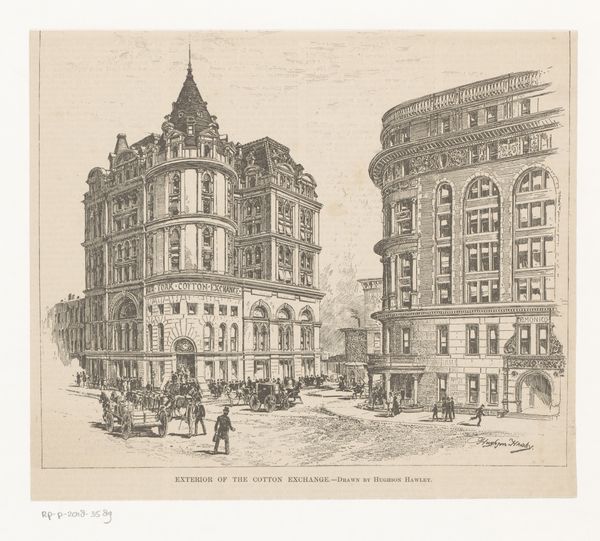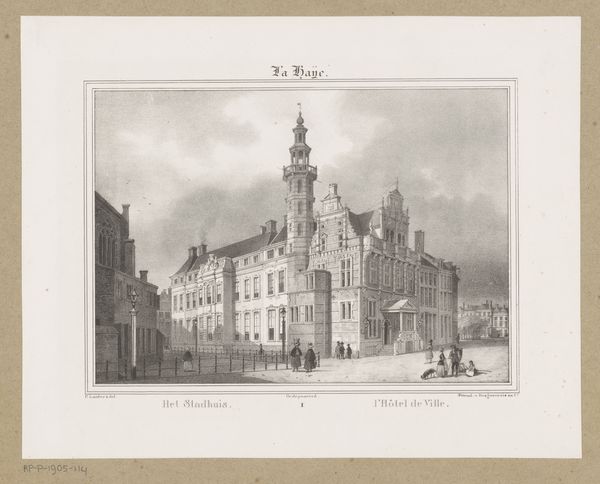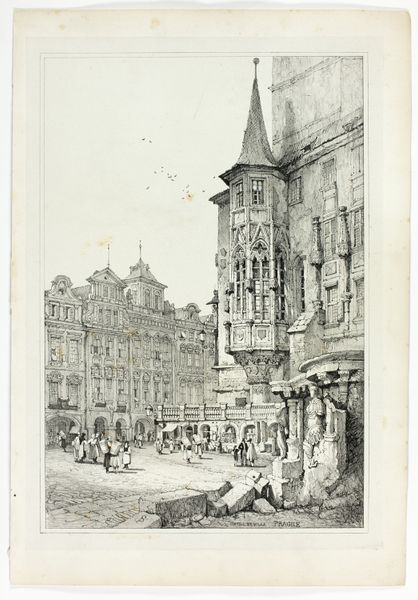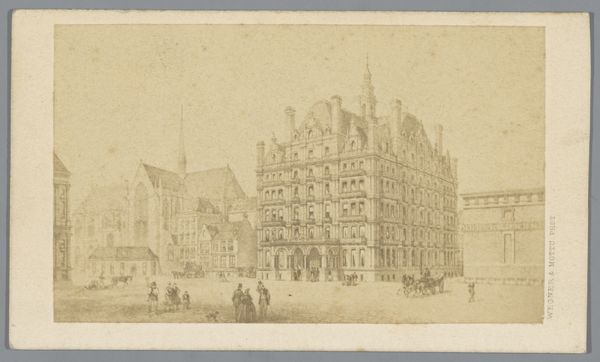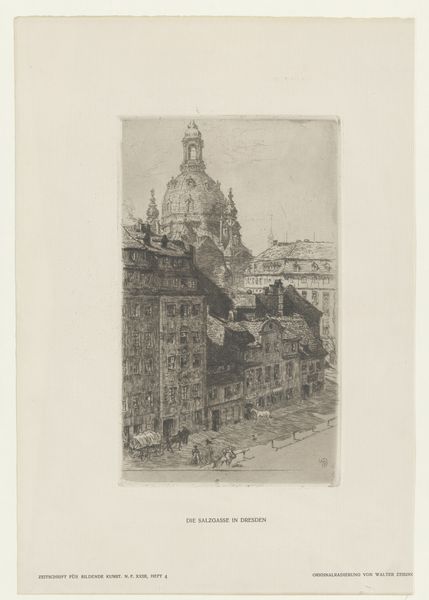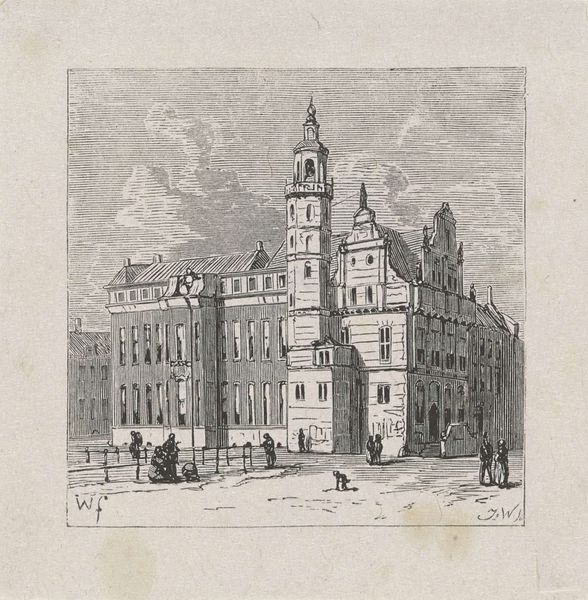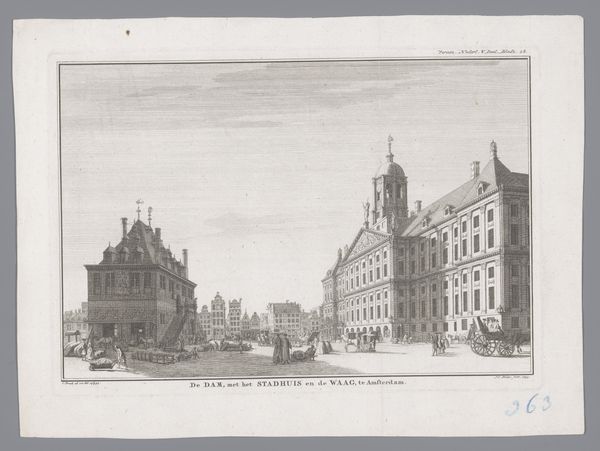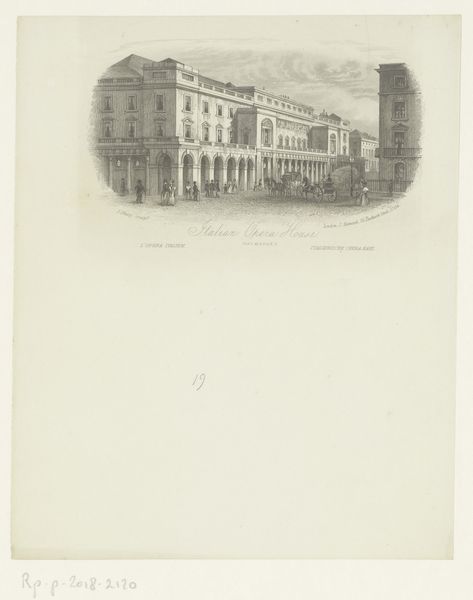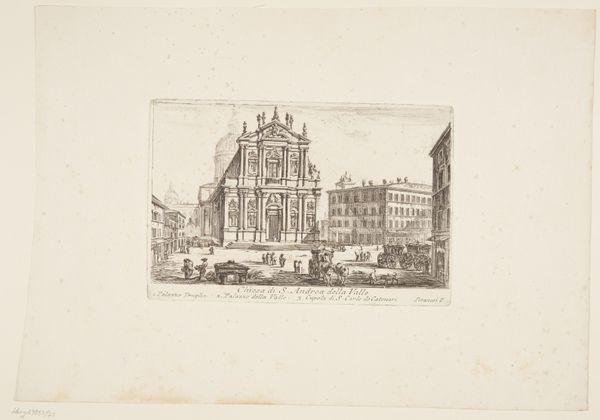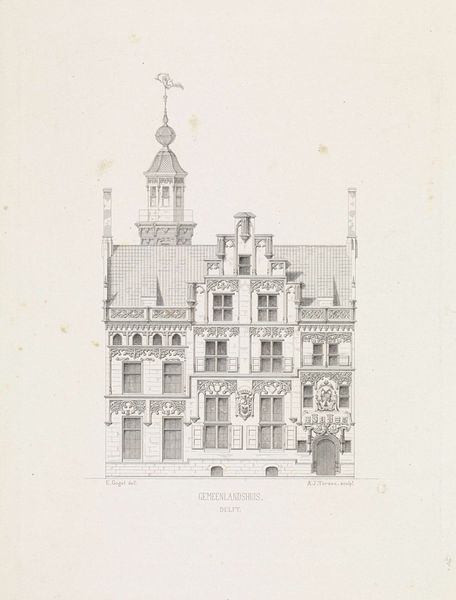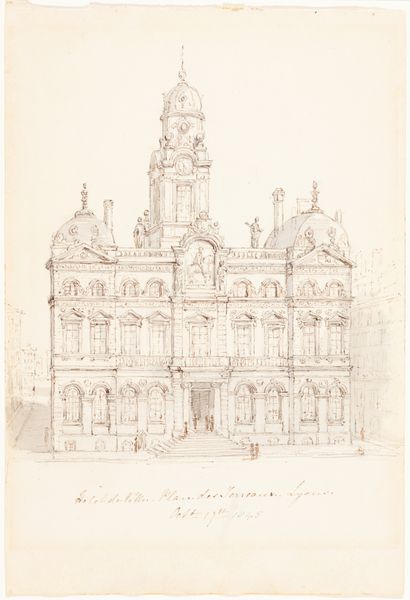
drawing, pencil
#
drawing
#
pencil sketch
#
pencil
#
cityscape
#
northern-renaissance
#
realism
Dimensions: height 303 mm, width 232 mm
Copyright: Rijks Museum: Open Domain
Editor: This drawing, "Groot en Klein Hazenberg," was created in 1857 by Augustinus Jacobus Bernardus Wouters. It's a pencil drawing, depicting a cityscape with really intricate architectural details. I'm struck by the almost photorealistic quality, despite it being hand-drawn. What can you tell me about it? Curator: Well, given its clear embrace of Realism, let's consider its historical positioning. The mid-19th century saw the rise of photography. How did this new technology impact the role and function of drawing, particularly architectural drawings? Did drawings begin to serve a different public, perhaps one interested less in accurate record-keeping and more in subjective interpretation or aesthetic experience? Editor: That’s a great question. It makes me think about why an artist would choose pencil and paper, and the role of documentation versus artistry during that time. Is it possible that drawings such as this offered a sense of handcrafted authenticity at a time when mechanical reproduction was on the rise? Curator: Precisely! Consider also the choice of subject matter. Cityscapes like this often played a role in shaping national identity and civic pride. Were these buildings important landmarks? Who commissioned or consumed such images, and what socio-political messages might they have conveyed? Wouters’ level of detail encourages close observation of the buildings themselves, potentially fostering a connection to the built environment. Editor: So the image wasn't just about showing the buildings; it was about encouraging a certain way of looking at, and valuing, urban spaces. Curator: Exactly. By examining its creation and reception within its socio-historical context, we begin to appreciate the layered meanings embedded in what might initially appear to be a simple depiction of buildings. Editor: I hadn't considered the role of the drawing itself as an object influencing social perceptions and even identity! This has definitely opened my eyes to viewing art more historically and in relation to the world around it. Curator: It's about uncovering the many possible lives of the image and what it tells us about its time.
Comments
No comments
Be the first to comment and join the conversation on the ultimate creative platform.
